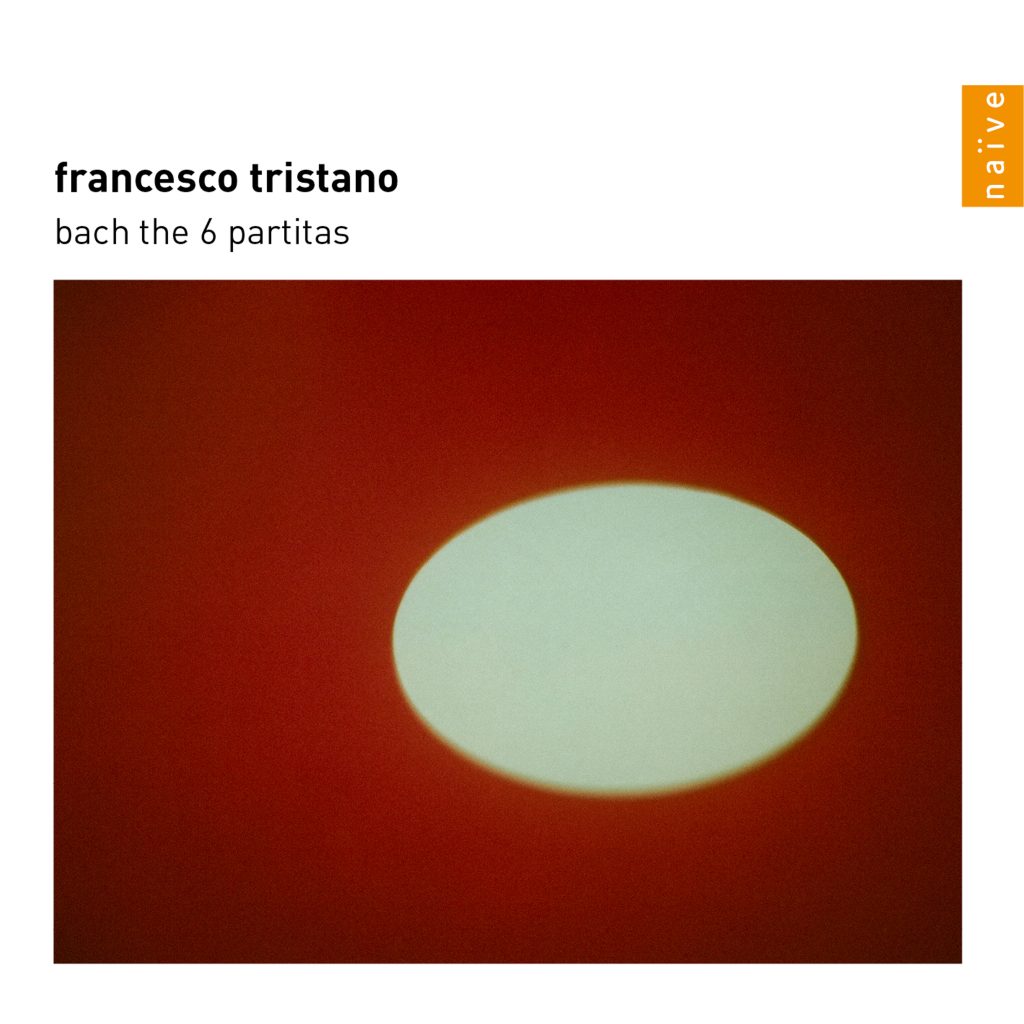Sometimes, dreams come true. For Francesco Tristano, the dream was twofold: first a desire to project his art in the future by devoting himself to one of the most incontestably timeless figures in the history of music, Johann Sebastian Bach. This profound desire fuelled the creation of intothefuture, Francesco Tristano’s very personal line of recordings, where sounds morph into an abstract and subtly poetic photographic imagery, which is found in the booklets. This first of these recordings, dedicated to the six Partitas (BWV 825 to BWV 830) is a perfect illustration of this concept.
For this pianist from Luxembourg, this collection constituted the starting point of his patient exploration of Bach’s work. In fact, it also represents the composer’s supreme achievement in the genre of the keyboard dance suite. Also known as the “German suites”, to differentiate them from the two collections of “English” (BWV 806 to BWV 811) and “French” (BWV 812 to BWV 817) suites, the 6 Partitas belong to the rare compositions that Bach had published during his lifetime, as the first part of the Clavier-Übung – from 1726 to 1730, then all six in 1731. Composed separately, probably one after the other, these six suites, an infinite kaleidoscope of moods, were to embody his plural and abundant art, in a supreme synthesis of the tastes of the time.
With their lively tempos (Partita III, Fantasia; Partita I, Allemande; Partita V, Tempo di Minuetto; Partita VI, Corrente), their very lively phrasing (Partita I, Gigue; Partita II, Capriccio; Partita VI, Toccata; Partita II, Courante), the six Partitas according to Francesco Tristano, a musician with an inexhaustible vivacity of mind, celebrate life everywhere. This impression of a whirlwind, this sense of movement are irresistible! Once again, Francesco Tristano is here in a class of his own.
